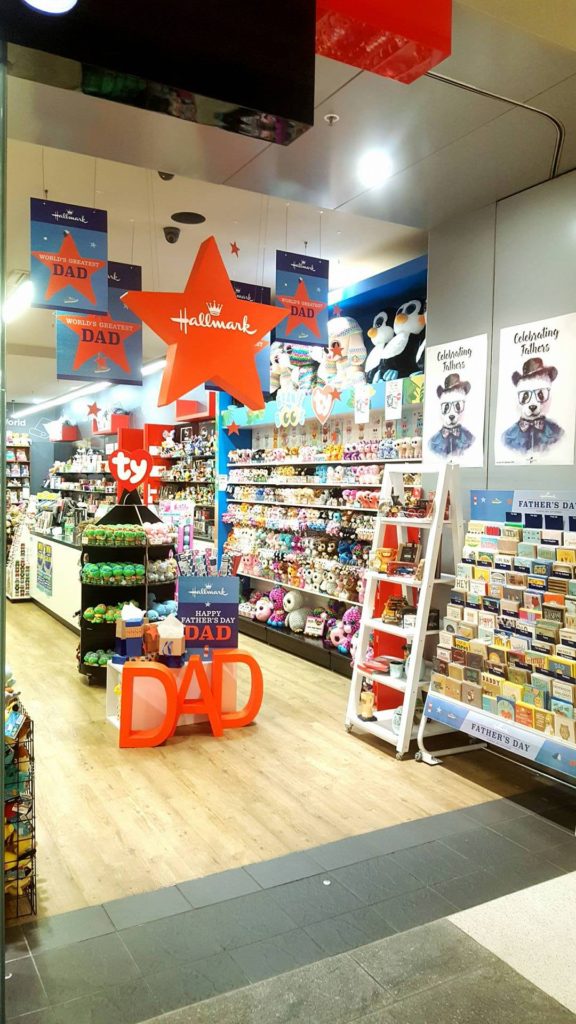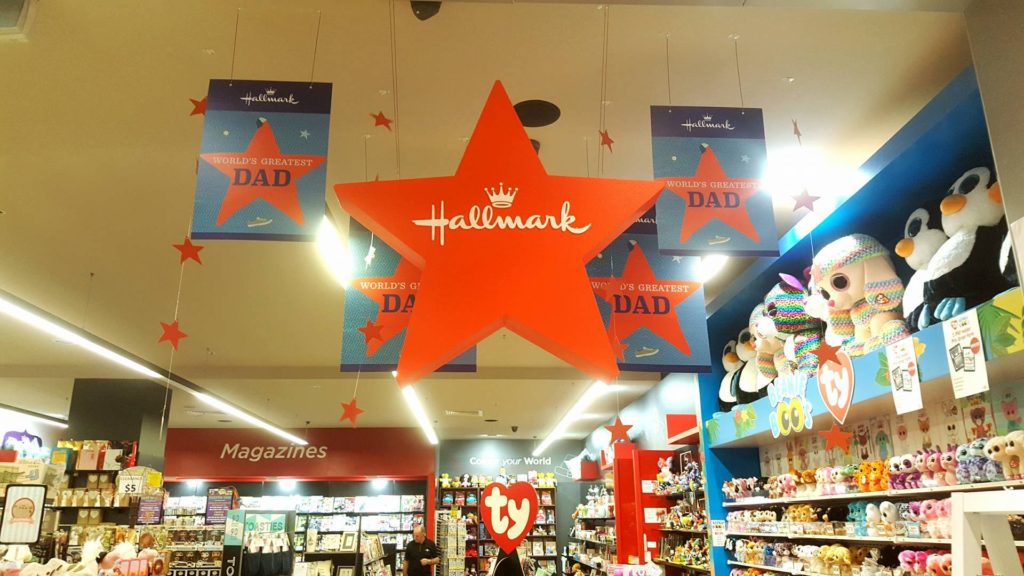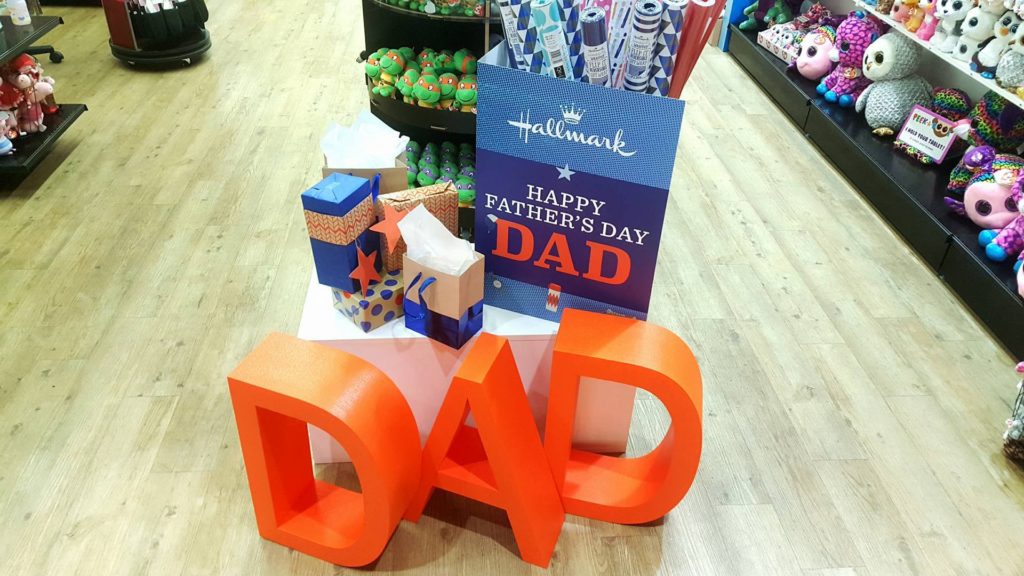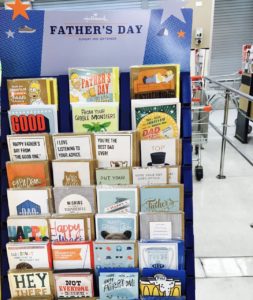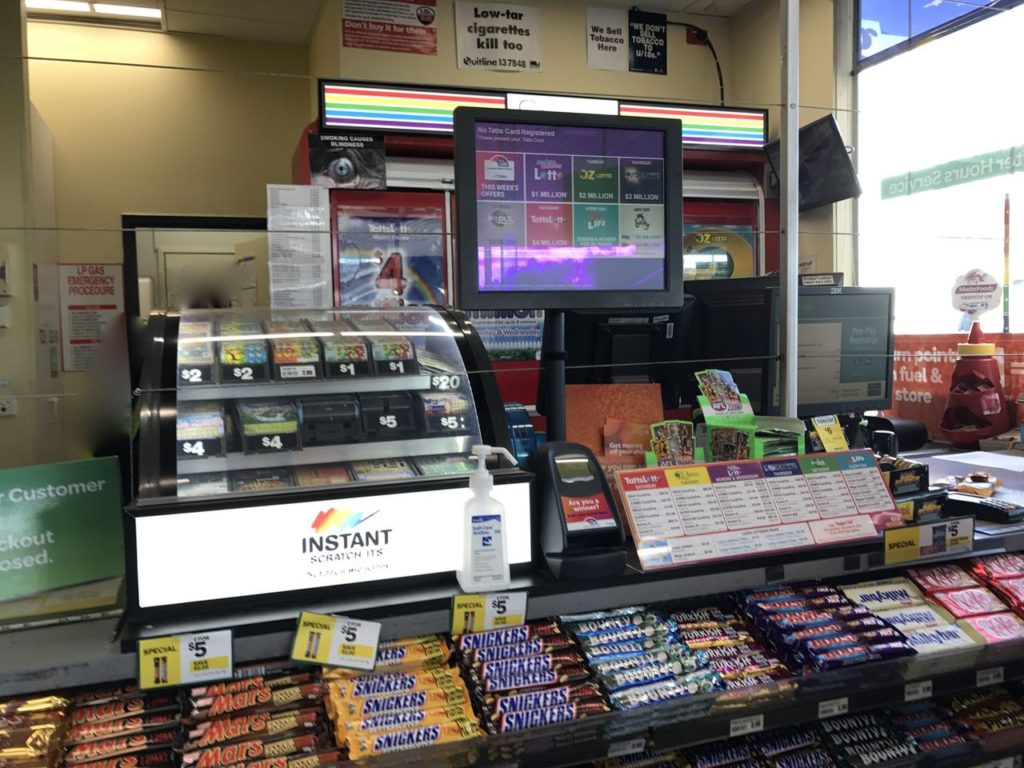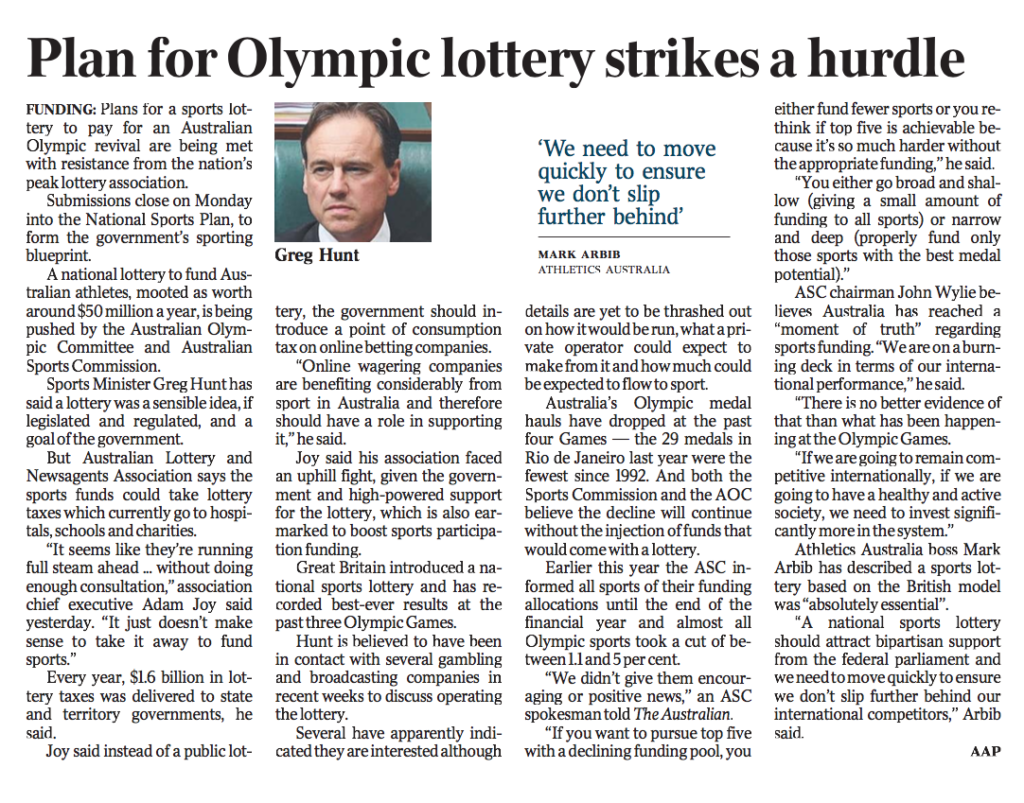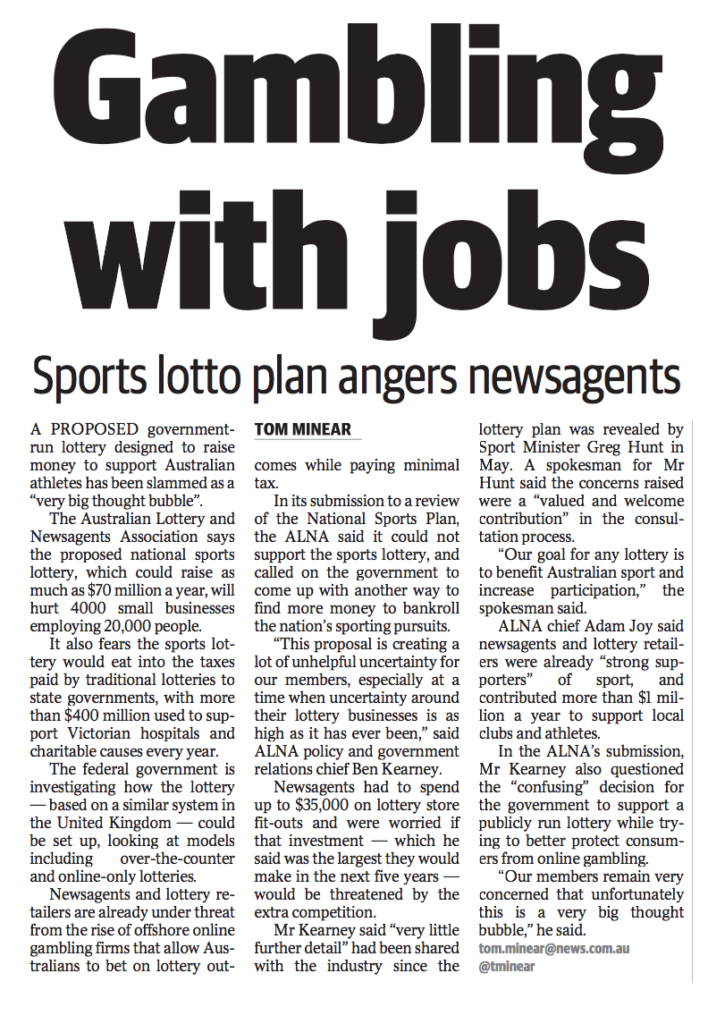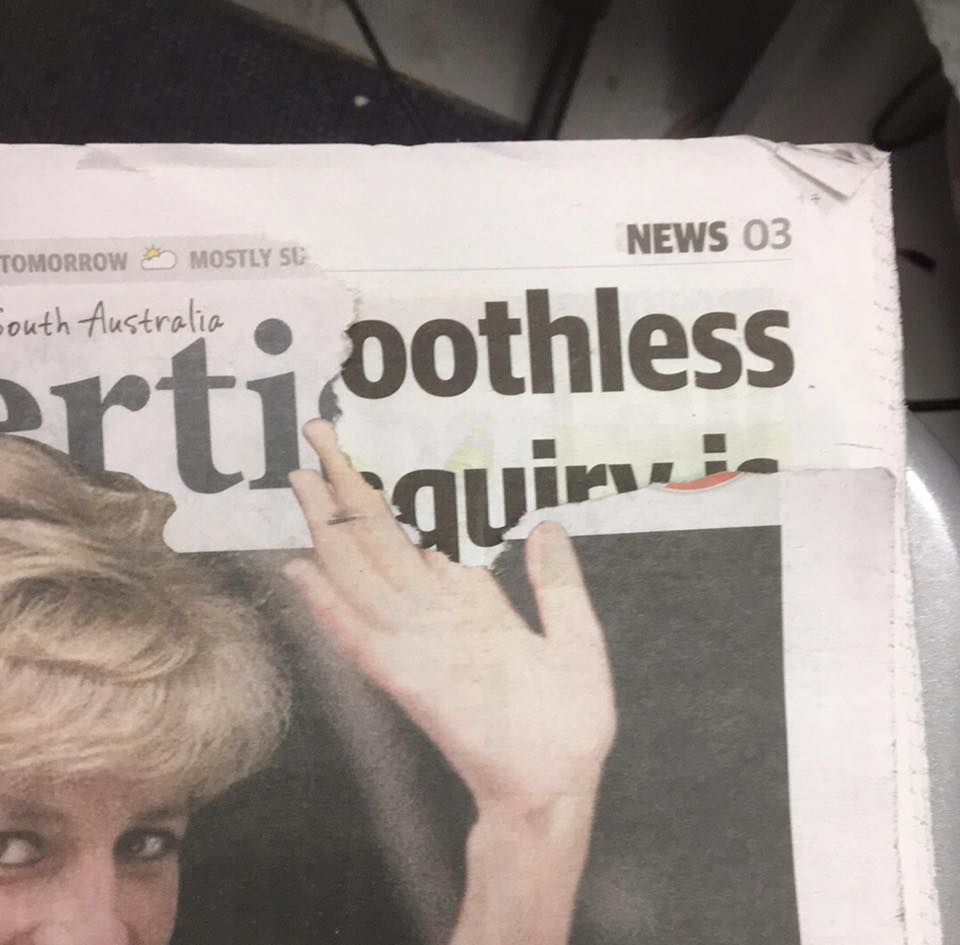The April – June quarter was tough for core products sold through the newsagency channel. In addition to the continuing decline in print media sales, this quarter’s benchmark results reveal a troubling downturn in lottery revenue as well as card revenue.
Here are the headline numbers by key product category:
- Magazine unit sales declined 11%.
- Greeting card revenue declined 4%.
- Lottery revenue declines 4%.
- Newspaper unit sales declined 12%.
- Gift revenue increased by 11%.
- Toy revenue increased by 16%.
- Stationery revenue declined 8%.
These are not good headline numbers. The bottom is falling out of the historic core of the newsagency channel. This will not be news to many as it continues a trend we have seen in this benchmark study for several years.
The above percentages reflect the overall performance of the 181 newsagency businesses in this benchmark study. It includes stores from a range of banner groups as well as independents. There are large businesses and small. Some are in shopping centres while others are on then high street. The cross-section is broad.
What is concerning is the pace of decline, especially with magazines as the decline had slowed recently. Looking more closely at the data, the decline is in the volume categories. Fringe categories such as special interest titles are doing well. Indeed, some segments show terrific growth.
Newsagents need to manage the overhead cost of newspapers and magazines. Labour, space and capital investment needs to be kept in line with the gross profit contribution of these categories. Busy work relating to newspapers and magazines should be eliminated.
The decline in greeting card revenue is a surprise. The reported percentage of decline, 4%, does not read well. However, like all the above data points, it is an average from the entire data pool. There are stores experiencing decline above 20% with others reporting growth above 20%. There is a clear correlation between stores with strong gift sales and card performance – in this case card revenue is stronger.
GOOD NEWS.
The good news is the performance of businesses playing outside the traditional space. For example, the newsagency with $25,000 in toy revenue in the quarter, reflecting growth of 18% or the newsagency with $45,000 in gift revenue and year on year growth of 22% of the newsagency with card revenue of $47,000 and year on year growth of 22%.
There are many good news stories in the latest study results. However, the good news will be overshadowed by the performance of the majority. It is challenging, some days, to know what to do or say to cut through with newsagents who are not engaged.
Too many newsagents think growth will come from categories close to what they have done historically. For example, too many get into cheap social stationery thinking that is competitive with Kikki.K or Typo.
My experience is the best growth comes from turning away from traditional lines and traditional suppliers and going with products and price points you would never have considered for a newsagency business. I see this approach working well in the benchmark results in businesses of different sizes and in different situations.
OVERALL PERFORMANCE DATA.
- Customer traffic. 78% of newsagents report average decline of 5%.
- Overall sales. 53% reported an average revenue decline of 3%.
- Basket depth. 61% report a 2% decrease in basket size.
- Basket dollar value. 63% report a decrease in basket value of 3%.
It is in the overall business gross profit numbers where the differences in businesses can be seen. 62% sit in the traditional newsagency GP performance band of 28% – 30%. 7% sit below 28%. 20% sit in the GP band of 30% and 35%. 7% sit between 35% and 40%. The rest, 4%, have a GP of more than 40%.
GP is a function of what you stock and the type of shoppers you attract to the business. Buying is where it starts.
WHAT IS DRIVING THE DECLINES?
Close to 80% of the businesses in the benchmark reported a decline in traffic with the average decline set at 5%. However, just over half reported a decline in revenue. This is because plenty are selling higher priced items, usually gifts. This softens the blow of the decline in legacy products.
I think the traffic decline is being driven by a decline in interest in legacy products on which traditional newsagency businesses have relied. I have said for years it is crucial newsagents have a strategy to drive net new traffic. Relying on legacy product to sell new products is not a plan. You need to source new products and to use these to attract people to your business who would otherwise not have shopped with you.
HOW TO RESPOND TO TRAFFIC DECLINES?
Any newsagency business can be successful, regardless of location and situation. This is truer today than at any time in the past thanks to what we can see being achieved online – not only in newsagency businesses but through other retail channels.
The key to success is to not run the business as a newsagency. That’s is, to not obsess about legacy products. Focus on new traffic products. Focus on price points you would usually say would never work in your business. Buy products you think will never work. Be radical and through discover what is possible in your business.
I urge you to ask yourself daily, what have I done today to reach a new shopper, someone who does not know we exist? This is what successful businesses in the benchmark study are doing and doing well.
DOES THE NEWSAGENCY CHANNEL HAVE A FUTURE?
I ask this every quarter. My answer remains – Yes! Absolutely. If you are prepared to shrug off what has been traditional for a newsagency business, stop hoarding, embrace change and embrace social media – you can have a bright future. The transformation from traditional to the new world must be urgent and dramatic.
AGENCY IS OVER.
My opinion remains – there is no upside in any agency parts of the business. People saying they are proud to be called a newsagent are entitled to their view. History will show that era is behind us.
OPTIMISTIC.
I am optimistic for my own newsagency businesses and for the businesses of many newsagents. Indeed, I have opened a new outlet the last few months. It does not look or feel like a newsagency. The numbers are terrific.
WHY I DO THIS STUDY
My interest in the study is as a newsagent and as a supplier to the channel through Tower Systems and through newsXpress. I want the channel to grow for selfish reasons and because it has been my life since 1981. I am invested.
BENCHMARK GOALS.
I am often asked for benchmark goals newsagents ought to aim for. Here are some benchmarks I have developed in my work with newsXpress and through Tower Systems:
- Gross profit: this is the goal gross profit for all product sales not taking into account any revenue or costs related to any agency business. The traditional newsagency average sits at 28% to 32%. For a newsagency focused on the future, the goal has to be at least 45%.
- Ratio of Gift revenue to Card revenue: 50% minimum. The goal ought to be 100% or more. If you do $100K a year in cards, target to do $100K in gifts, or more.
- Revenue per employee – $250 an hour minimum not including agency revenue. This is a contentious KPI. If you think it is not for you, work the numbers back and see what your number needs to be based on each labour hour in the business.
- Revenue PSQM $4,500 – $8,500 depending on country vs. city / high street to shopping centre and depending of product mix. Higher GP lower revenue required.
- Overall revenue mix percentage targets: Cards: 25%; Gifts/toys/plush: 25%; Stat: 10%; magazines/newspapers: 20%; other: 15%.
- FLOORSPACE ALLOCATION: Cards: 25%; Gifts/toys/plush: 25%; Stat: 8%; magazines/newspapers: 15%; other products: 15%; office/back room / counter: 12%. It’s rare you make money from an office or store room.
- Mark-up goals: Stationery: 125%; Gifts 110%; plush: 110%.
- Occupancy cost: between 9% and 11% of revenue where revenue is product revenue plus commission from agency lines. Location and situation are a big factor in this benchmark. For example, a large shopping centre business will have a higher cost than a high street situation.
- Labour cost: between 9% and 11% of revenue where revenue is product revenue plus commission from agency lines. Labour cost should include fair market costs for all who work in the business. (See above).
Mark Fletcher.
Email: mark@towersystems.com.au Website: www.towersystems.com.au Blog: www.newsagencyblog.com.au
M | 0418 321 338
Footnote: I founded Tower Systems in 1981. That company now serves in excess of 1,750 newsagents as customers with its newsagency software. In 2005, I joined newsXpress. That newsagency marketing group now serves 243 retail businesses with a traffic and revenue growth strategy.

